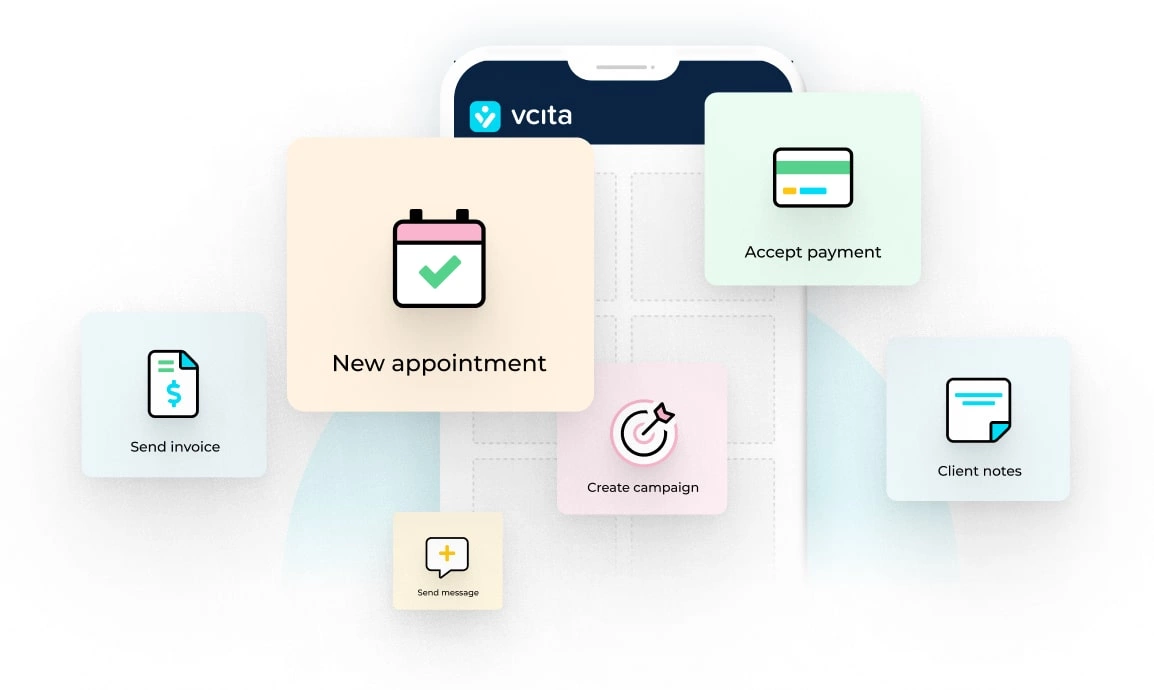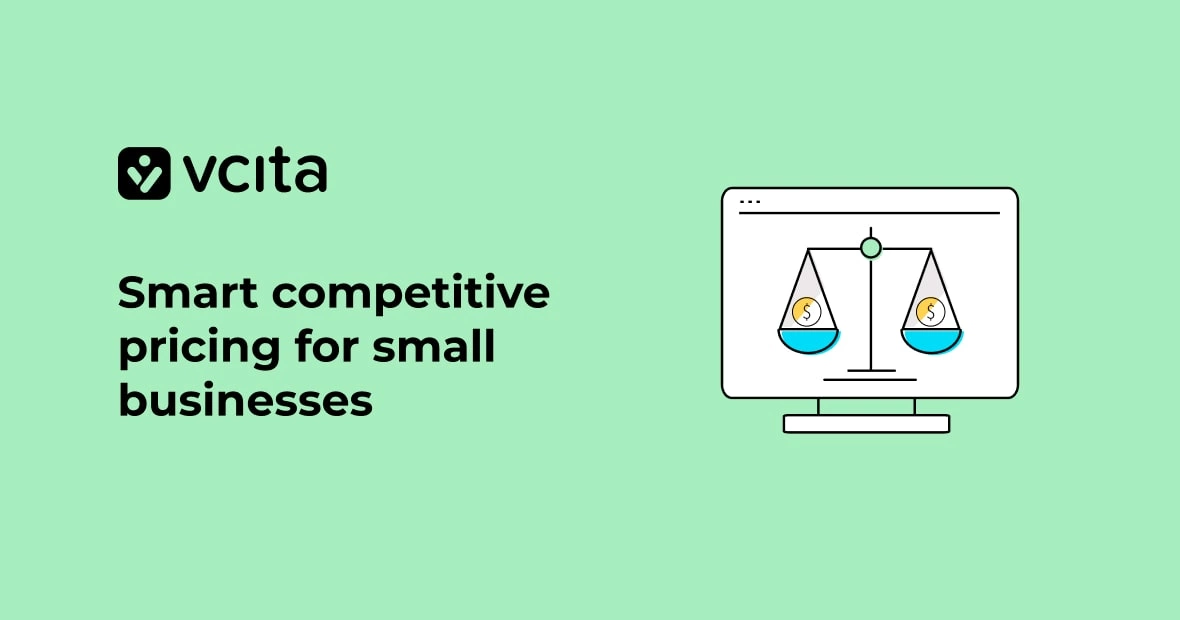Running a service business for your clients means you’ll have to charge them for those service(s) and this means you’ll have to invoice them at some point. This is how you’re informing your clients about exactly what they’re paying for, in what quantity, for how much money, in what ways they can pay, and other relevant details.
Where money is involved, you’ll want to avoid any awkwardness about asking for money, so you’ll need to set the appropriate timing to do so. So when is the right time to send an invoice and is there even such a thing? Read on to find out.
Before you start working
Some businesses may find it more convenient to send invoices before they begin certain jobs. Such examples include custom art, home repair, carpentry, and other services that offer quotes before the project begins. This is a valid option that:
- Ensures you’re getting paid for the services you provided.
- Reduces the need for additional communication with your clients.
- Minimizes the necessity of sending payment reminders.
Unfortunately, it isn’t without its disadvantages, which include:
- Clients getting overly involved in your work due to their anxiety over having paid in advance (regardless of your proven reputation),
- Difficulty to accommodate any changes in the pricing, due to unforeseen circumstances like the increasing price of materials, necessity for additional work, and so on (since now you need to create and send an entirely new invoice).
Of course, you could always take the middle road here and ask for a deposit instead of the entire amount in advance. This leaves you with enough wiggle room to re-negotiate the pricing should the situation and requirements for performing the job change.
A deposit will also give you peace of mind, as the client is less likely to skip out on the bill and disappear if they had already paid a percentage. It might also give your clients peace of mind as they’re not paying the entire sum. That said, deposits and upfront payments may not be necessary if you have already established a rapport with the client and trust they won’t bail.
After you completed the job
A more popular option is to simply invoice the client after you’ve finished all the work. This approach is best used when you trust the client and have a solid business relationship with them. If this is your preferred approach, make sure that you still negotiate all the payment terms before the work begins.
The main advantages of this approach are that it:
- Keeps the invoice fresh in the client’s sight (as opposed to throwing it into the drawer and forgetting all about it).
- Reduces the need for payment reminders (since your client is less likely to forget about paying this fresh invoice).
Most things have their downsides, and this approach isn’t an exception.
The main disadvantages are that:
- The client may ask for all sorts of changes and revisions during the work, pushing the work deadline (and with it, your payment) further into the future (they may even extend the project indefinitely).
- Postponing your payment will hinder your ability to pay your own business expenses (like taxes, staff, materials, etc.), increasing the need for unnecessary loans, incurring late fees, and so on.
To avoid these worst-case scenarios, especially if the project is a larger one, consider issuing invoices to your client in work stages, i.e. per milestone. If the client agrees, this approach will allow you to always have enough money to pay for your own expenses for the duration of the project.
Day of the week and time of the day
Some evidence shows that the day of the week and the time of the day when you decide to invoice your clients may have a certain effect on the speed at which you’ll get paid. Specifically, it points to one main conclusion – the earlier in the week and day you send your invoice, the sooner your client will notice and pay it.
This typically means early Monday or Tuesday, specifically before the beginning of the workday (usually before eight or nine A.M.), as this is the time when your client opens their email inbox and the first thing they see will be your invoice. They can then quickly cross it off their list of short tasks and go about their business.
You could also send your invoice in the evening after you’re done with your work for the day (except on Friday, we’ll explain why). This means your client will still see it first thing in the morning when they open their email, just like they would if you sent it before work.
On the other hand, you should avoid invoicing on Friday, because the client’s emails might pile up over the weekend. Since your client probably won’t open their business email account until Monday, your invoice might get lost among all the other documents and not receive the client’s full attention.
Having said that, the specific day in the week or time during the day to invoice your clients isn’t always a one-size-fits-all solution. This decision will ultimately depend on you, your industry, the client, and the existing relationship between the two sides.
Is there a ‘right’ time frame?
We can discuss the ‘proper’ timing to invoice your clients all we want, but deciding to go with one approach by default has several potential problems.
- Certain businesses’ accounting offices may use specific payment cycle time frames as a standard and they certainly don’t plan on changing their policies for you. If your client has such a policy, pestering them for money because you expected it by a certain deadline won’t get you anywhere.
- A default timing approach will view small and large payments as the same. This can get especially frustrating if the client is stalling for any reason, so you may end up waiting for a long time to get a small amount of money.
Therefore, you need to treat every work assignment, invoice, client, and situation separately so you could choose an adequate invoicing time frame.
How to set an adequate invoicing time frame?
Deciding on the right invoicing time frame for your client depends on several key factors. These include:
- The value of the invoice
If possible, provide a shorter invoicing time frame for smaller amounts of money. Since you’re dealing with a couple of hundred dollars at most, your client should be able to pay without any issues. You also don’t want to be stuck waiting for a long time for such a small charge. Bigger payouts, on the other hand, allow for longer invoicing time frames. - The client’s payment cycle
Find out if your client has a regular payment cycle early on. If they do, they can’t pay you outside of their set schedule. You don’t want to give them a three-week invoice, only to learn that the client adheres to monthly payment cycles. - Whether the payment terms have been set
Have you discussed and agreed upon the payment and invoicing time frames beforehand (in the form of a contract or invoicing plan)? If yes, then you will stick to them as you proceed. - Whether you’re getting paid per milestone
If you’ve agreed with the client that you’re proceeding with the next stage of your work only after you’ve been paid for the previous one, set a shorter time frame for sending the invoice. - The deadline before you start reminding them to pay
Not all clients will pay you on time (or worse, won’t pay you at all), so you need to consider how long you plan on waiting until you feel comfortable enough to start seeking your well-deserved payment.
This leads us to…
Payment reminders
Should you decide to give a lot of time to your clients to fulfil their obligations towards you, such as 60 to 90 days, your invoice might slip through the cracks and the client might not notice it and, as a result, fail to pay it.
In such situations, it’s good practice to remind them of any outstanding payments (given you first made sure you followed the invoicing procedure to the T and there were no errors on your part).
You can do this with a friendly “checking-in” email, asking if they need help paying, and the like. Also, you could give them a quick phone call, just in case they missed your previous email.
If they still haven’t paid you after that email and a phone call, you should use a more stern tone and express your disappointment, along with the expectation to be paid. Should that fail, you might need to consider turning to the higher authorities for help.
In order to know which clients could use reminding of their unpaid invoices, you also need to know which payments have been completed, which are pending, or which have been left unpaid. This is a lot of information to organize and manage manually. Using an invoicing software like vcita, gives you a quick overview of all invoice statuses, let you send reminders and accept and collect payments via SMS or email, and makes it much more convenient for your client to pay his invoice.
This software also automates your email and SMS payment reminders, so you never have to think about sending them manually yourself again. It also provides many other perks, such as marketing tools, organizing your calendar, staff, and clients, allowing your clients to schedule meetings with you online, keep up with all the relevant information on their client portal, contact you via Zoom, and so much more.
Time is money – don’t waste yours
We hope this post has given you plenty of food for thought about the most appropriate time for invoicing your clients. In this entire process, there’s one thing you should always keep in mind – your time is precious and you should be spending it constructively – providing quality service for your clients.
You shouldn’t be wasting it on emailing each and every one of them when they miss their payments. This can get terribly tedious and exhausting, especially if you don’t have a clear overview of when and who did or didn’t pay you.
Instead of using invoice templates, and relying on manual invoicing, considering there are handy solutions out there that automatize the entire process (and can do so much more for you, at that). There’s really no excuse to continue with inefficient practices. So don’t wait any longer, come try vcita for free and see if you like it – no strings attached.




























